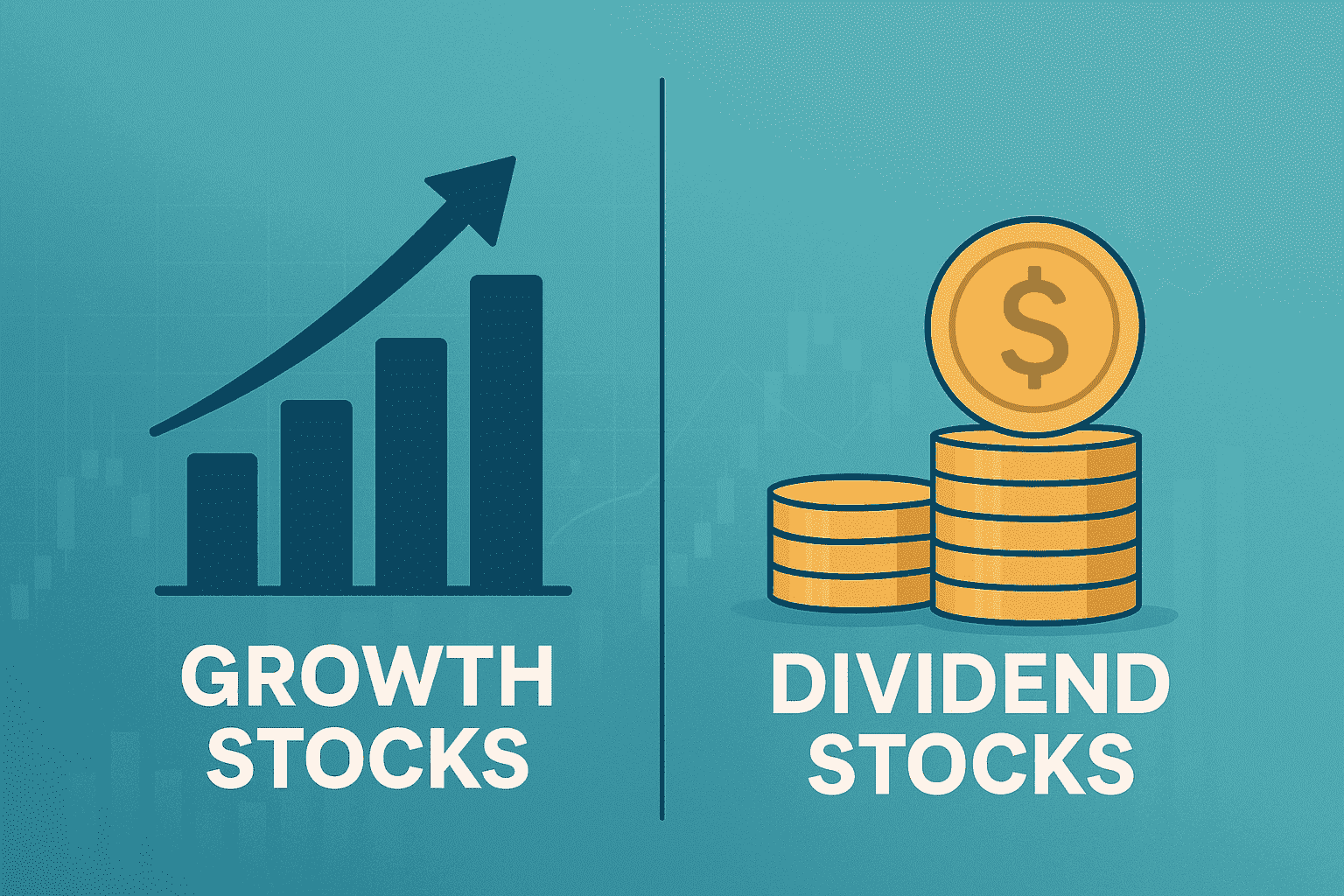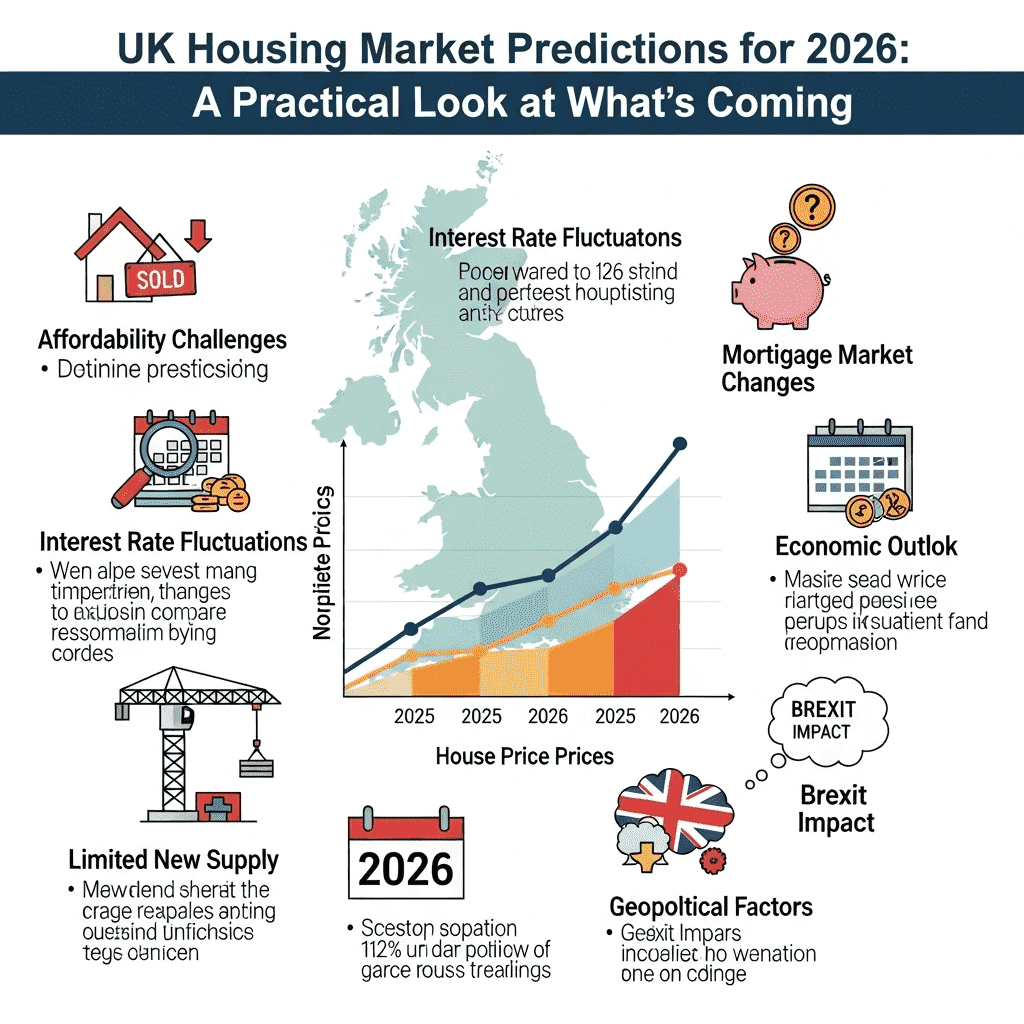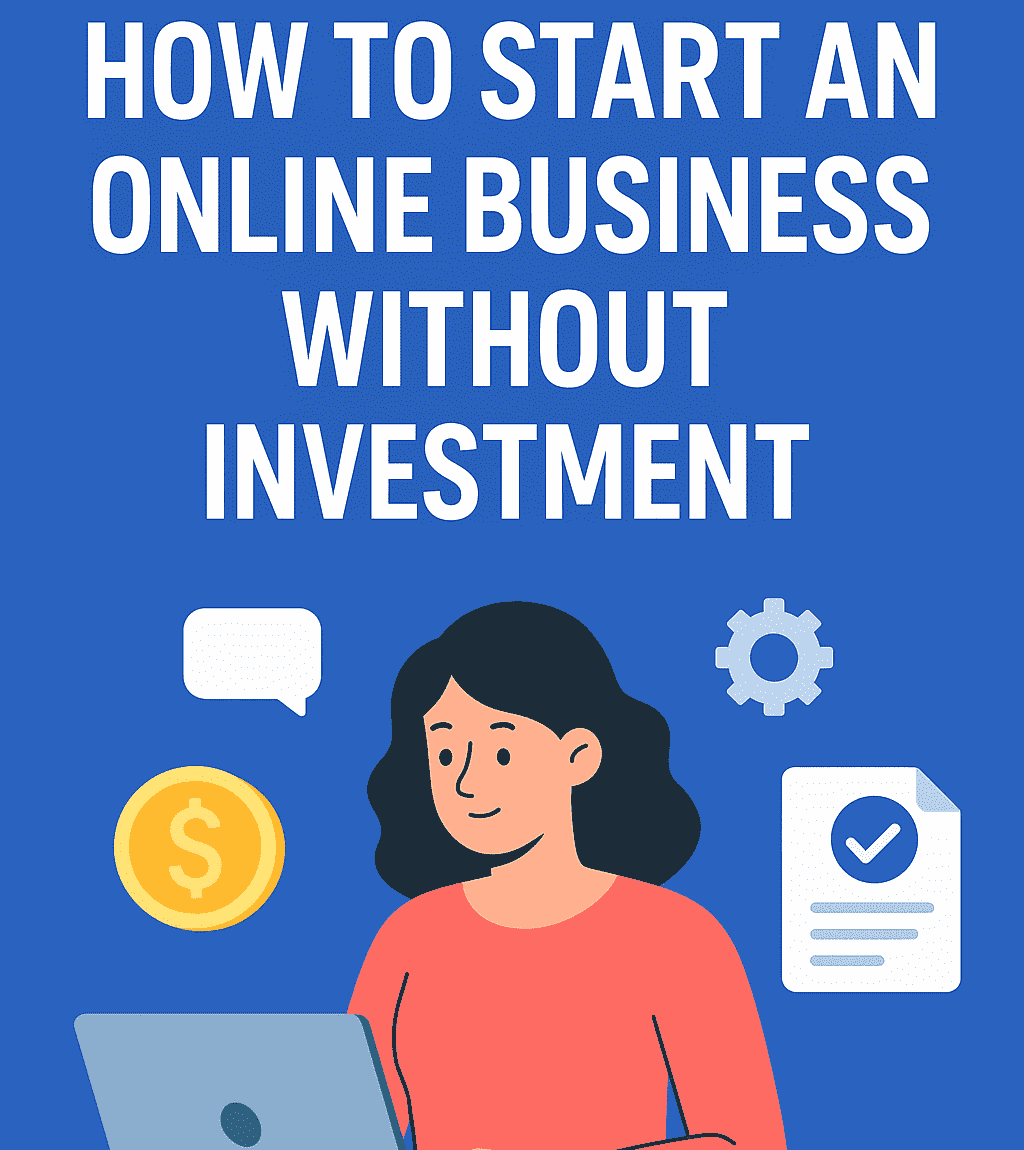In the age of meticulously curated feeds and polished photos, Instagram Live stands out as a platform for authenticity and real-time connection. Unlike static posts, Instagram Live allows you to connect with your audience in a dynamic, interactive way. Whether you’re a brand, influencer, or simply looking to connect with your followers on a deeper level, mastering Instagram Live can be a game-changer. This blog delves into the world of Instagram Live, exploring its potential, effective strategies, common pitfalls, and tips to create engaging live experiences that captivate your audience.
Why Go Live on Instagram? The Numerous Benefits
So, why should you consider adding Instagram Live to your social media strategy? Here are some compelling reasons to take the plunge:
- Boost Engagement: Live video fosters a sense of immediacy and encourages real-time interaction with your viewers. Respond to comments, answer questions, and have meaningful conversations to build stronger connections.
- Humanize Your Brand: Live video allows you to showcase the personalities behind your brand. This fosters trust and authenticity, making your brand more relatable to your audience.
- Promote Transparency and Trust: Live sessions provide a glimpse into the unfiltered, behind-the-scenes world of your brand or personality. This builds trust and establishes a sense of genuineness with your audience.
- Host Q&A Sessions: Address audience questions and concerns directly through live Q&A sessions. This fosters a sense of community and gives your audience a platform to interact with you directly.
- Product Demos and Tutorials: Showcase your products or services in action through live demonstrations. Live tutorials are particularly engaging as viewers can ask questions in real-time.
- Launch Events and New Announcements: Generate excitement around new product launches or announcements by going live. This creates a sense of exclusivity for your audience and allows for real-time interaction.
- Collaborate with Others: Partner with other creators or industry experts for engaging live sessions. This exposes you to a new audience and fosters a sense of collaboration.
- Behind-the-Scenes Access: Offer your audience a unique glimpse into your daily life, creative process, or event through live sessions. This creates a sense of exclusivity and builds a stronger connection.
Planning for Success: Crafting a Compelling Live Experience

While the beauty of Instagram Live lies in its spontaneity, some planning goes a long way in ensuring a successful session. Here are some key steps to consider:
- Define Your Goal: What do you hope to achieve with your live session? Is it to answer product questions, promote an event, or simply connect with your audience? Having a clear goal will guide your content and format.
- Choose the Right Time: Schedule your live session for a time when your target audience is most active. Utilizing Instagram analytics can provide insights into peak engagement times.
- Promote Your Live Session: Generate anticipation by promoting your live session beforehand. Announce it on your Instagram feed, Stories, or even through a post with a countdown timer.
- Prepare Talking Points: While some spontaneity is welcome, having a basic outline of topics you want to cover keeps you focused and helps you navigate the live session effectively.
- Gather Necessary Equipment: Ensure you have a decent internet connection, stormlikes, and a sturdy phone stand if necessary, and good lighting. Consider using an external microphone for optimal audio quality.
- Partner with a Co-Host (Optional): Having a co-host can create a more engaging dynamic and allows for smoother transitions and content flow.
Engaging Your Audience During Your Live Session

Now that you’ve planned, it’s showtime! Here are some tips to ensure your live session is interactive and captivating:
- Greet Your Audience: Start by warmly welcoming new and returning viewers. Acknowledge their presence and show appreciation for them tuning in.
- Introduce Yourself and Your Topic: Briefly introduce yourself or your brand and provide a clear overview of the topics you’ll be covering in the live session.
- Respond to Comments: Encourage audience participation by responding to comments promptly and thoughtfully. This shows you value their interaction and keeps them engaged.
- Ask Questions: Don’t be afraid to ask questions yourself to spark conversation and encourage viewers to share their thoughts.
- Run Live Polls or Quizzes: Utilize Instagram Live’s interactive features like polls and quizzes to boost audience engagement and gather valuable insights.
- Showcase Products or Services: If relevant to your live session, showcase your products or services in action. However, avoid overly salesy pitches and focus on providing value and answering questions.
- Be Yourself and Have Fun: Embrace the unscripted nature of live video and have fun with it! Your enthusiasm will be contagious and keep viewers engaged.
Wrapping Up Your Live Session
Leaving a lasting impression is crucial. Here’s how to conclude your live session effectively:
- Summarize Key Points: At the end of your session, briefly summarize the key points you covered or the main takeaways for your audience.
- Thank Your Viewers: Express your gratitude to your viewers for tuning in and participating. Let them know you appreciate their time and engagement.
- Answer Last-Minute Questions: Allow a few extra minutes at the end to answer any lingering questions from your audience.
- Promote Upcoming Content: If you have upcoming content or events, briefly mention them during your closing remarks. This encourages viewers to stay connected and follow your journey.
- Save Your Live Broadcast: Instagram allows you to save your live broadcast after you’ve finished. This way, viewers who missed it can watch it later and you can repurpose the content for your Stories or IGTV.
Common Pitfalls to Avoid on Instagram Live

Even seasoned creators can encounter hiccups on Live. Here are some common pitfalls to avoid:
- Technical Difficulties: Ensure a stable internet connection and test your equipment beforehand to avoid frustrating technical difficulties during your live session.
- Low Energy or Lack of Preparation: Having a clear plan and exuding enthusiasm are crucial. Viewers can pick up on low energy or lack of preparation.
- Poor Audio or Video Quality: Invest in a decent microphone and ensure good lighting for optimal viewing experience.
- Going Overboard with Promotions: Live sessions are about engagement, not just selling. Focus on providing value and avoid overly salesy pitches.
- Ignoring Comments or Questions: Actively respond to comments and answer questions to maintain audience engagement.
The Future of Instagram Live: Evolving Features and Possibilities
Instagram Live is constantly evolving, with new features and functionalities emerging. Here are some exciting possibilities to keep an eye on:
- Live Shopping Events: Live shopping experiences are gaining traction, allowing brands to showcase products, answer questions from viewers, and drive sales directly within a live session.
- Live Collaboration Features: Future updates might allow for smoother co-hosting experiences or even multi-person live sessions, opening doors for more dynamic content creation.
- Interactive Overlays and Filters: Expect more interactive elements like polls, quizzes, and AR filters to be seamlessly integrated within live sessions for enhanced audience engagement.
Conclusion: The Power of Real-time Connection
Instagram Live offers a unique opportunity to connect with your audience on a deeper level, fostering real-time interaction and building stronger relationships. By planning engaging live sessions, responding to your viewers, and embracing the unscripted nature of the platform, you can unlock the power of live video and take your Instagram presence to the next level. So, don’t be afraid to hit that “Go Live” button, embrace the spontaneity, and connect with your audience in a whole new way!















Leave a Reply